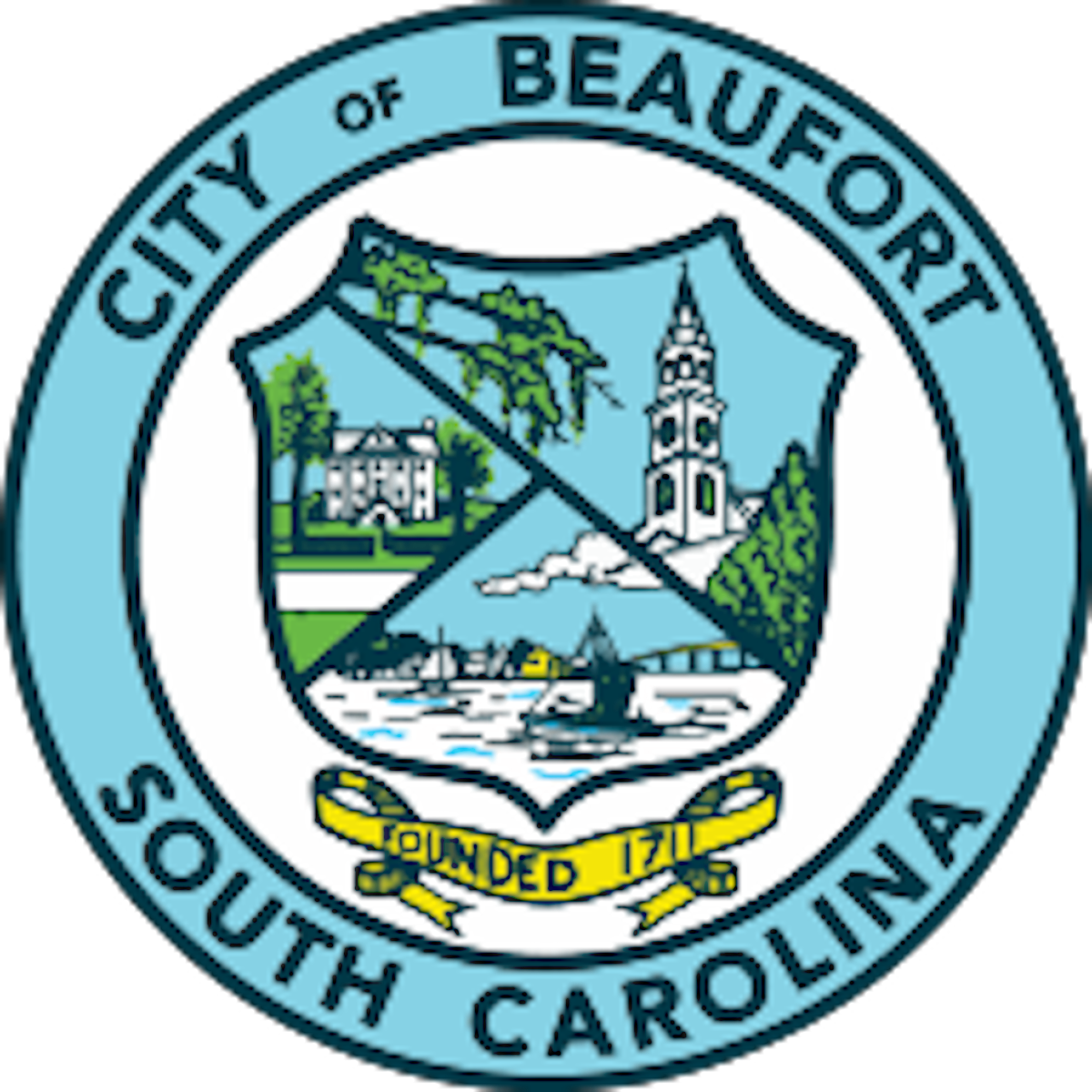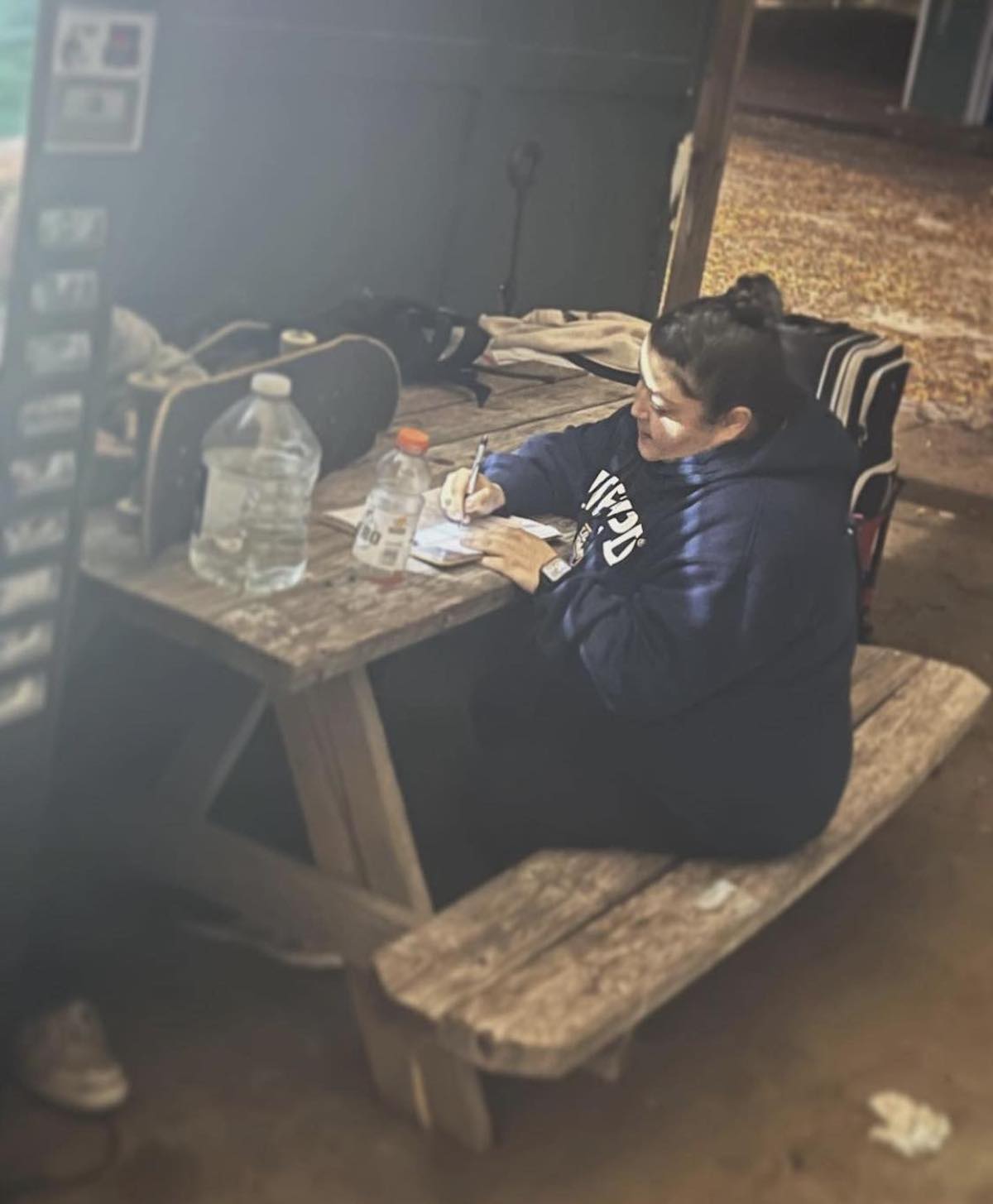Your retirement could last 20 years or more. Now could be the time to ask yourself, “What do I want to do when I retire?”
It’s an important question to ask sooner rather than later, as the answer could impact your retirement savings plans, so that you can align the retirement you want with the retirement you can afford. The first two steps in that process are: (1) decide what you want to do, and then (2) determine the potential costs.
The answers to these questions could help you take the first step toward creating the retirement lifestyle you hope to achieve.
What will I be doing during my retirement days?
- Do I plan to continue working past age 65 or after I reach my full retirement age? Full time or part time?
- Are there hobbies I want to pursue that will either cost money or make money?
- Is there volunteer work that may also have costs associated?
- Do I plan to travel?
- Are there things I enjoy doing that have related costs?
- What are the activities that make up my ideal retirement day?
Where will I be living in my retirement years?
- Will I stay in my current home or downsize to a smaller home or a rental property?
- Will I move to a retirement community or assisted living facility?
- Will I sell my home and replace it with an RV or other alternative living option?
What situations might occur that could impact my retirement expenditures?
- What health care coverage do I need for my specific health conditions?
- Do I have an emergency fund for unexpected situations such as a health care crisis or loss of property due to a natural disaster?
- What if I stop working sooner than expected?
- What happens if I experience a significant loss of income?
What are the barriers that are keeping me from investing?
- I have nothing extra to invest.
- I have education loans or other debt.
- I don’t know how to start an investment plan.
- I have time to start saving later.
Next steps:
Prepare rather than panic. Review the questions above and create an outline from your answers. That outline will give you the framework to calculate the income you may need to support your retirement lifestyle.
Make the decision to adjust your spending patterns today. Choose something that you really don’t need and redirect that amount to a savings or investment account. Take advantage of the growth potential over time. Pay yourself first instead of spending money on something that will not support your future retirement needs. Creating that nest egg now could lessen your stress about money.
Start or add to an emergency fund. Even if the amount seems very small, it is important to take the first step. As that amount grows and the saving behavior becomes a habit, you will likely gain confidence and momentum in your investment activities.
Meet with your financial advisor to review your answers and turn your outline into a plan that will help you work toward your goals. Your advisor has planning tools and other resources to help you identify your retirement income needs.
Revisit your plan on a regular basis. Over time, your goals may change because of new opportunities or unexpected events. Periodic reviews can help you assess your progress and fine-tune your strategy.
This article was written by/for Wells Fargo Advisors and provided courtesy of Katie C. Phifer, CERTIFIED FINANCIAL PLANNER™, RICP® and First Vice President-Investment Officer in Beaufort, SC at 843-982-1506.
| Investment and Insurance Products are: • Not Insured by the FDIC or Any Federal Government Agency • Not a Deposit or Other Obligation of, or Guaranteed by, the Bank or Any Bank Affiliate • Subject to Investment Risks, Including Possible Loss of the Principal Amount Invested |
Wells Fargo Advisors is a trade name used by Wells Fargo Clearing Services, LLC, Member SIPC, a registered broker-dealer and non-bank affiliate of Wells Fargo & Company.
©2022 Wells Fargo Clearing Services, LLC. PM-06052025-6140977.1.1




